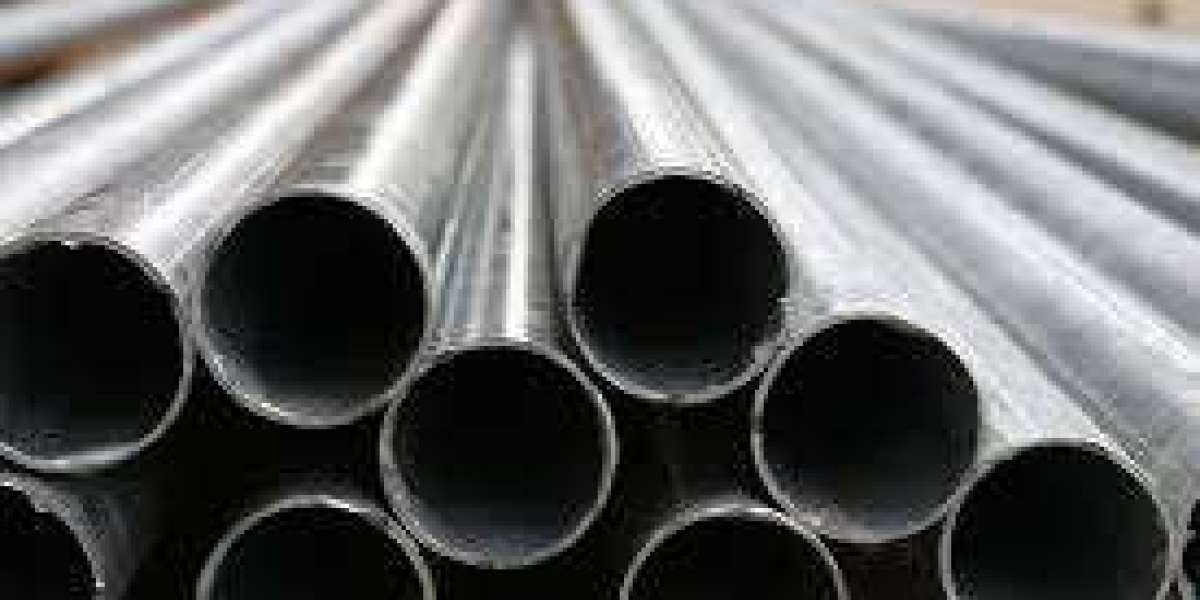The Advanced High Strength Steel market report is undergoing a transformative phase, propelled by technological innovations that are redefining material capabilities and expanding application horizons. As industries prioritize sustainability, efficiency, and performance, AHSS emerges as a pivotal material, offering a blend of strength, ductility, and lightweight properties.
1. Emergence of Third-Generation AHSS
Third-generation AHSS represents a significant leap in steel technology, combining high strength with enhanced formability. These steels, including Transformation-Induced Plasticity (TRIP) and Twinning-Induced Plasticity (TWIP) variants, are engineered to meet the demanding requirements of modern applications. Their superior energy absorption and ductility make them ideal for automotive structures, where safety and weight reduction are paramount. The automotive sector, in particular, is witnessing increased adoption of these advanced grades to achieve fuel efficiency and meet stringent emission standards.
2. Advancements in Manufacturing Processes
Innovations in steel manufacturing processes are central to the AHSS market's expansion. Techniques such as hot stamping, also known as press hardening, allow for the shaping of ultra-high-strength steels into complex geometries, enhancing design flexibility. Additionally, continuous annealing lines (CAL) and quenching & partitioning processes enable precise control over microstructures, resulting in steels with tailored mechanical properties. These advancements not only improve product performance but also enhance production efficiency and scalability.
3. Integration in Electric Vehicles (EVs)
The shift towards electric mobility presents new opportunities for AHSS. EV manufacturers are increasingly incorporating AHSS in vehicle designs to offset the additional weight of battery systems. By utilizing AHSS in structural components and battery enclosures, automakers can achieve weight reduction without compromising safety. This integration is crucial for extending vehicle range and improving overall efficiency.
4. Sustainable Production Initiatives
Environmental considerations are influencing the AHSS market, with manufacturers adopting sustainable practices to reduce carbon footprints. Companies like SSAB are pioneering the production of fossil-free and infinitely recyclable AHSS, aligning with global sustainability goals. Such initiatives not only address environmental concerns but also cater to the growing demand for eco-friendly materials across industries.
5. Expansion in Construction and Infrastructure
Beyond automotive applications, AHSS is gaining traction in the construction sector. Its high strength-to-weight ratio and durability make it suitable for high-rise buildings, bridges, and other infrastructure projects. The material's resistance to environmental factors and its contribution to structural integrity are driving its adoption in regions focusing on sustainable and resilient infrastructure development.
6. Challenges and Considerations
Despite the promising outlook, the AHSS market faces challenges. High production costs and complexities in processing can hinder widespread adoption, especially among small and medium-sized enterprises. Additionally, competition from alternative lightweight materials like aluminum and carbon fiber necessitates continuous innovation to maintain AHSS's competitive edge.
7. Future Outlook
The AHSS market is poised for sustained growth, driven by technological advancements and expanding applications. As industries continue to seek materials that offer a balance of strength, weight reduction, and sustainability, AHSS stands out as a material of choice. Ongoing research and development efforts are expected to yield new grades with enhanced properties, further solidifying AHSS's role in modern manufacturing and construction.
In conclusion, technological innovations are at the heart of the Advanced High Strength Steel market's expansion. By addressing current challenges and leveraging emerging opportunities, stakeholders can harness the full potential of AHSS, driving progress across various sectors and contributing to a more sustainable and efficient future.






